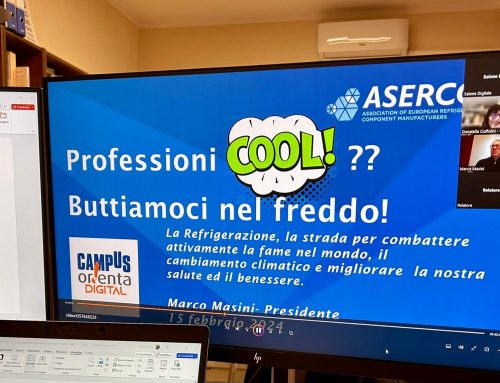The Regulations on Ecodesign and Energy Labelling for Condensing Units (Regulations EU 2015/1095 and 2015/1094) are currently being revised. The second interim report has been presented by the consultants end of last year. The Joint Industry Expert Group by ASERCOM, the Association of European Component Manufacturers and EPEE, the voice of the air conditioning, heat pump, and refrigeration industry in Europe, submitted feedback to the EU Commission and the member states experts. The group sees several key aspects that need to be clarified and to considered. The group has therefore compiled a considerably large, technical data based, market analysis and developed an alternative proposal that takes into account economic and regulatory uncertainties without creating loopholes.
For condensing units the group sees six challenges and stated that a proposal must reflect sufficient granularity in the analysis to tackle the legal and economic uncertainty of other EU legislations such as F-Gas and PFAS under REACH. They pointed out that the desk-researched product population in the report was totally unacceptable as basis for drafting a new regulation.
Instead of a two-tier system, MEPS should only be applied in a single Tier by 2028, and a review clause should be established to allow for a review in case of F-gas-limiting consequences from PFAS investigations under REACH. The group presented an alternative proposal that retains MEPS systems – the current application of SEPR and COP should be maintained, with increased MEPS and an optional application of SEPR for 1-2 kW LT units and 3-5 kW MT units. But the group had to refrain from filling it at this point in time with specific values for revised thresholds – since the publication of the dossier on PFAS under REACH presented a total change of the refrigerants’ landscape and made any earlier considerations obsolete.
They Joint Industry Expert Group also criticises that the proposal disregards the “one-in one-out” principle and rather creates additional burdens. In addition, condensing units should not be covered by an energy label – the joint system efficiency of the condenser and the evaporator side must be promoted, not only one component of a system.






